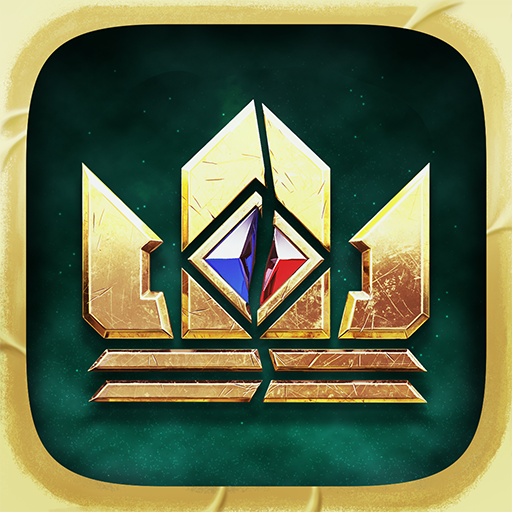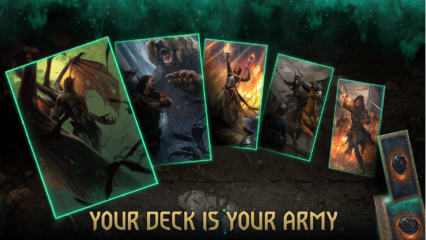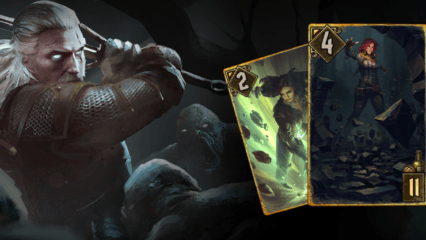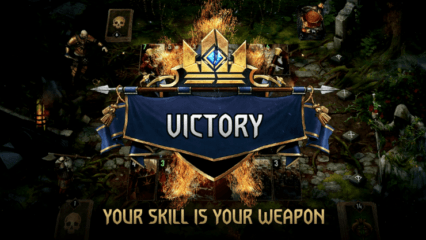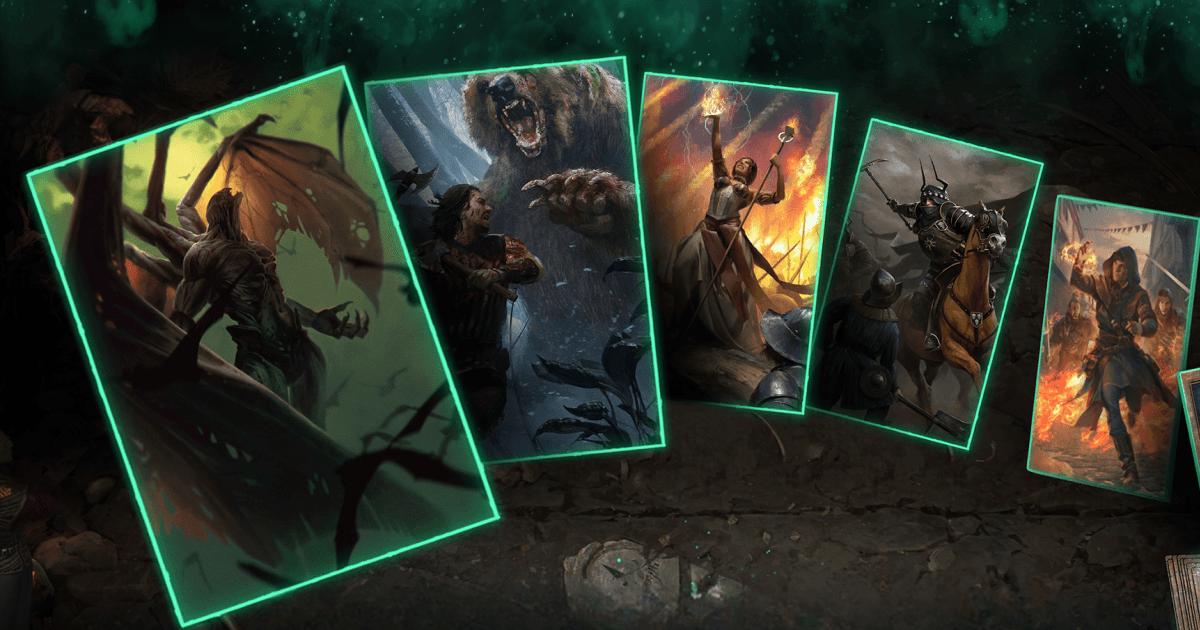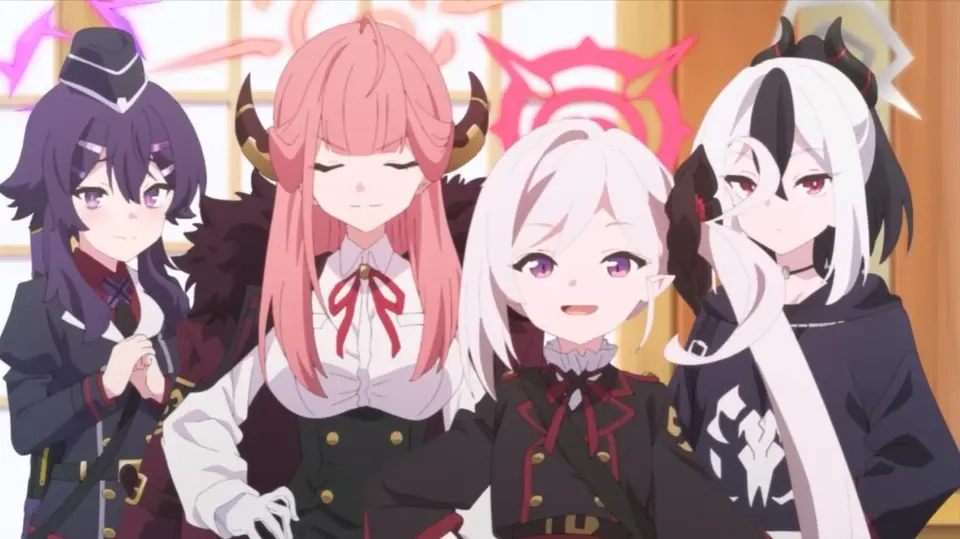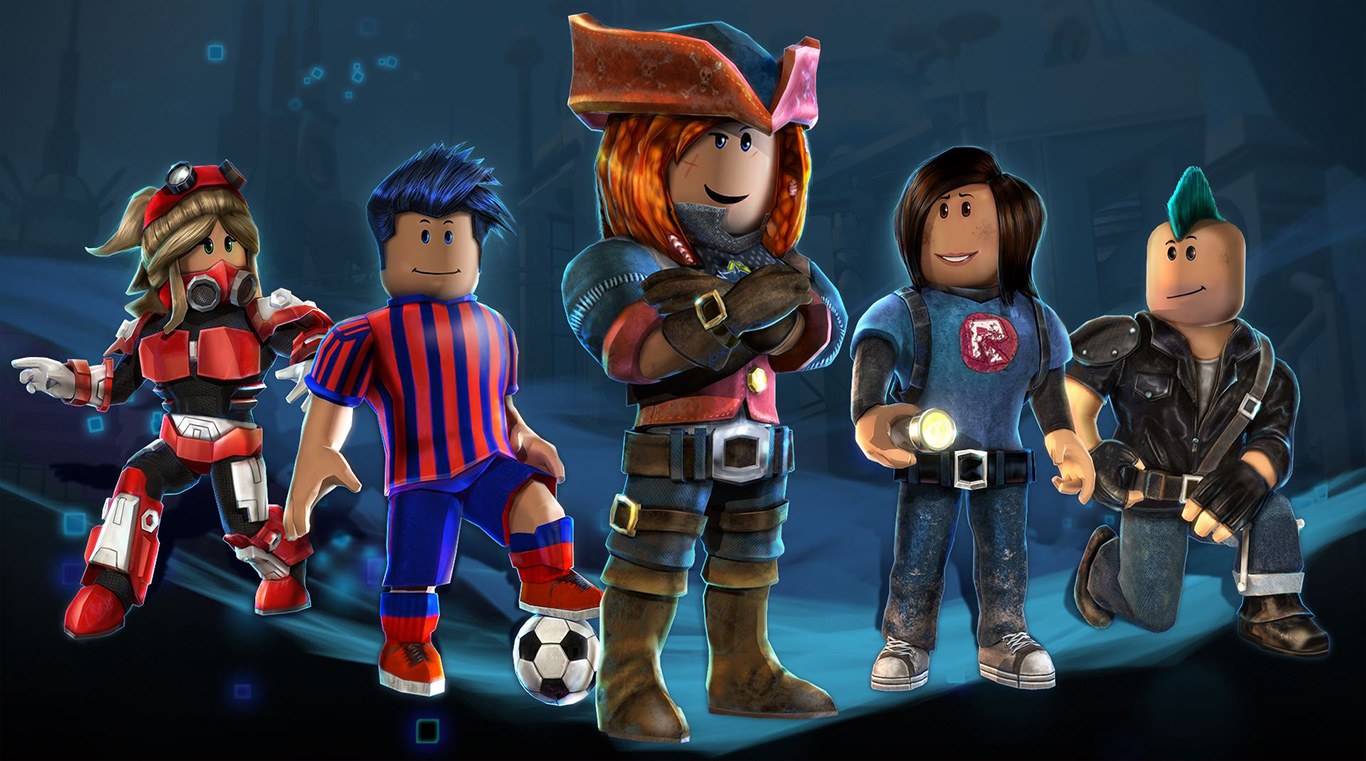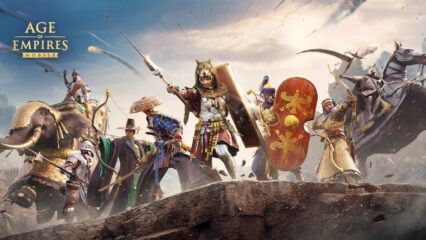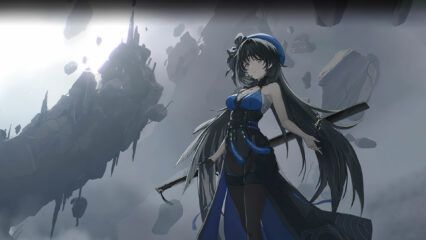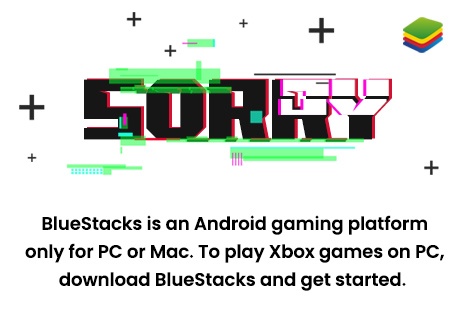GWENT: The Witcher Card Game – Complete Cards Guide
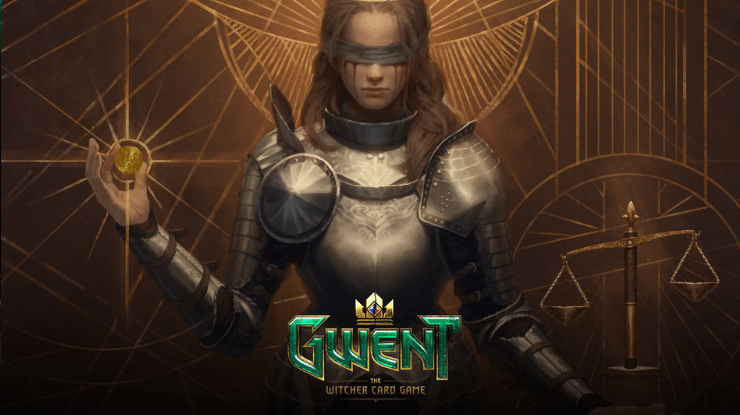
In GWENT: The Witcher Card Game, every match revolves around playing and managing your cards effectively. Understanding the details of each card is crucial for building a strong deck and making the best possible moves during a match. From stats and abilities to special effects, every card plays a role in shaping the battlefield in this card game.
Got questions about guilds, gaming, or our product? Join our Discord for discussions and support!
This guide breaks down everything you need to know about cards in GWENT, including how to read them, what different keywords mean, and how to use their abilities effectively. Whether you’re new to the game or just looking for a refresher, this guide will help you understand your cards inside and out.
How to Read a GWENT Card
Though we went over this briefly in our GWENT beginner’s guide, we’re going to explore this aspect in better detail here. Each card in GWENT has key information that determines its role and impact in a match. Here’s what you need to look for:

- Power (Top Left): This number represents how many points the card adds to your total score when played. Some cards start with low power but can be boosted over time.
- Armor (Top Right): Represents the value that gets deducted before the card’s health when it is targeted by an ability in combat. Hits to the armor won’t reduce the card’s power if it is damaged, as long as the armor resists.
- Ability Text (Center): Describes the card’s effects and conditions. Some effects trigger instantly, while others require activation.
- Provision Cost: Each card has a provision cost that determines how expensive it is to include in a deck. Stronger cards typically cost more provisions. This number is displayed only in the deck builder.
Understanding these details will help you make better decisions when building your deck and during gameplay.
Card Types in GWENT
Not all cards function the same way. There are three main types of cards in GWENT:

- Unit Cards: These are the most common cards and have a power value. They stay on the board and may have abilities that trigger automatically or require activation.
- Special Cards: These are one-time-use cards that apply effects such as boosting your units, damaging enemies, or disrupting your opponent’s strategy.
- Artifact Cards: These remain on the board but don’t have a power value. They usually provide ongoing benefits or effects that can be activated over time.
- Stratagem Cards: Available on your side of the board only if you get the first turn, and only on the first round. These cards can’t be interacted with, and are removed once the round ends. Use them wisely if you’re the player that goes first.
Each type of card has a specific role in shaping your game plan. Some decks rely heavily on unit cards, while others use special cards to control the battlefield.
Common Card Effects and Keywords
GWENT cards come with various effects that influence gameplay. Some of the most important ones include:

- Zeal: Allows a unit to activate its “Order” ability immediately instead of waiting a turn.
- Order: An ability that requires manual activation. Without Zeal, you must wait one turn before using it.
- Veil: Prevents a unit from being affected by negative status effects like Lock or Poison.
- Deploy: The ability triggers immediately when the card is played.
- Boost: Increases a unit’s power temporarily.
- Damage: Reduces an enemy unit’s power. If it reaches zero, the unit is destroyed.
- Lock: Disables a unit’s abilities, preventing it from using effects like Order or Deploy.
- Heal: Restore the target’s missing power. Only works on units who have taken damage. Not to be confused with “Boost”.
Knowing these effects is key to making the most of your deck, and also the key to building the strongest decks in the game. Some cards have abilities that work together, so understanding how different effects interact will give you an advantage. And while there are way too many to list here, we suggest checking out the GWENT glossary on the wiki to learn more about these keywords. It’s well worth knowing what these effects can do, especially if you want to react accordingly to the situation at hand at all times.
How to Use Cards Effectively
Even if you have strong cards, playing them at the right time is just as important as having them in your deck. Here are some key strategies for using your cards wisely:
- Play High-Value Cards at the Right Moment: Some powerful cards can turn a round in your favor, but if you use them too early, your opponent may counter them easily.
- Use Special Cards for Control: Special cards like damage and Lock effects can help you disrupt your opponent’s strategy. Save them for key moments when they will have the most impact.
- Take Advantage of Synergies: Many cards work well together. For example, some units boost others when played, while others benefit from damage mechanics. Build your deck with these combos in mind.
A well-planned move can be more effective than simply playing the strongest card in your hand. Keep an eye on the board state and adjust your strategy accordingly.

Mastering the cards in GWENT is essential for improving your gameplay and winning more matches. By understanding card stats, effects, and strategic usage, you’ll be able to build a stronger deck and make smarter decisions in battle.
And if you want to experience GWENT on a bigger screen with smoother gameplay, try playing GWENT: The Witcher Card Game on PC with BlueStacks. It’s the best way to enjoy every match with enhanced visuals and performance. Good luck, and may your deck always be in your favor!

